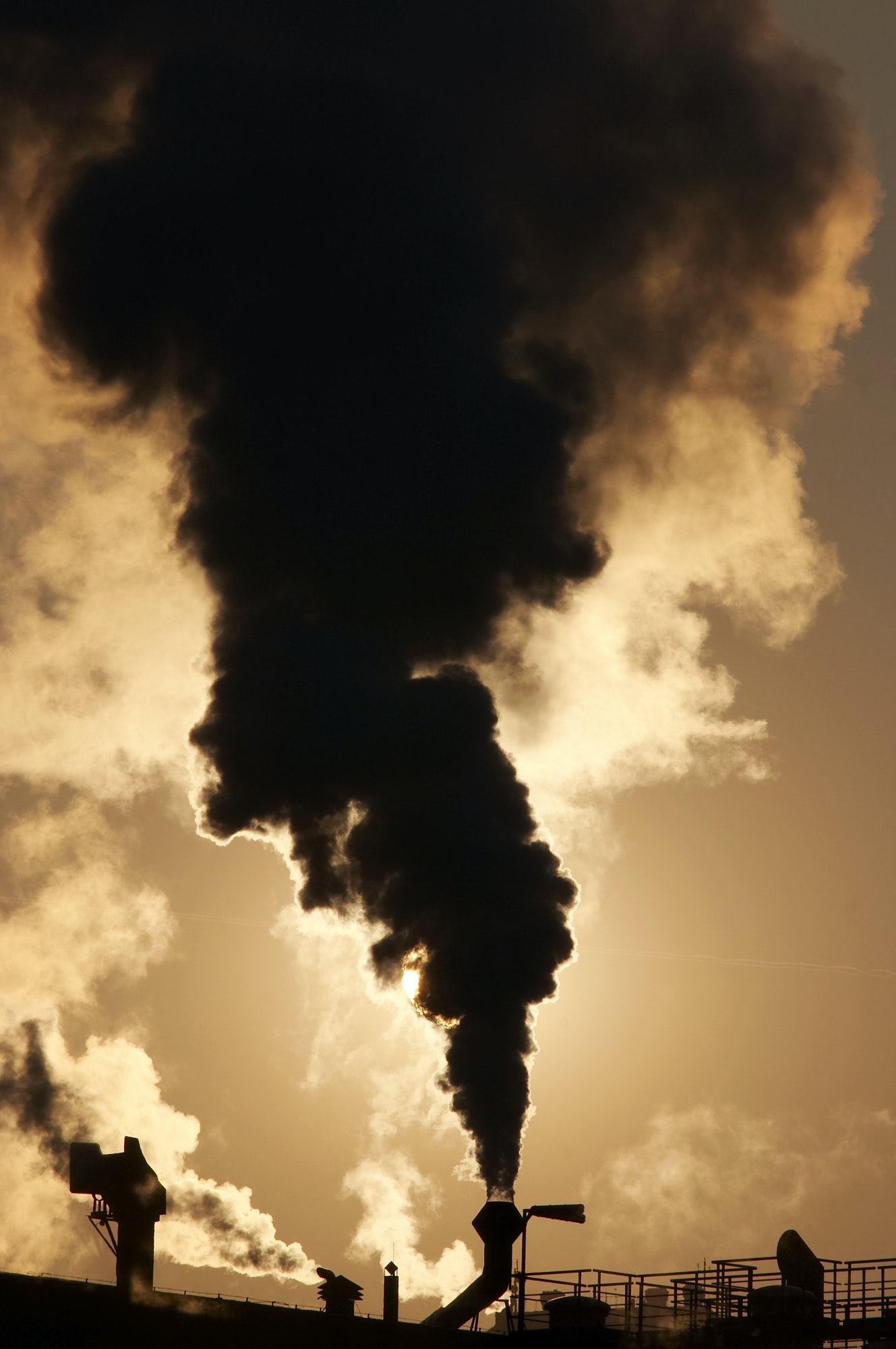AIR EMISSION MEASUREMENTS
The emission is the release of pollutants into environmental media: water, air and soil.
Air pollution is the presence of substances in the atmosphere that are harmful to the health of humans and other living beings, or cause damage to the climate or to materials. There are different types of air pollutants, such as gases, particulates (both organic and inorganic), and biological molecules. Air pollution may cause diseases, allergies and even death to humans; it may also cause harm to other living organisms such as animals and food crops, and may damage the natural or built environment. Both human activity and natural processes can generate air pollution.
Pollutants emitted into the atmosphere by human activity include:
- Carbon dioxide (CO2)- is a natural component of the atmosphere, but also because of its role as a greenhouse gas, it has been described as “the leading pollutant.
- Sulfur oxides (SOx)
- Nitrogen oxides (NOx)
- Carbon monoxide (CO)
- Volatile organic compounds (methane or non-methane)
- Particulate matter
- Toxic metals, such as lead and mercury, especially their compounds
- Chlorofluorocarbons (CFCs)
- Ammonia
and many others.
The Law on Environmental Protection (“Official Gazette of the RS” No. 135/2004, 36/2009, 36/2009 – state law, 72/2009 – state law and 43/2011 – US decision) regulates the environmental protection system. The Law on Air Protection (“Official Gazette of RS” No. 36/09) ensures the preservation of the atmosphere as a whole with all its processes and climatic characteristics.
Decree on Limit Values of Emissions of Pollutants into the Air from Combustion Plants (“Official Gazette of RS” No. 06/16) and Decree on Limit Values of Emissions of Pollutants into the Air from Stationary Pollution Sources, Except for Combustion Plants (“Official Gazette of RS” No. 111 / 15) limit values for the emission of pollutants into the air at the place of the source of pollution are prescribed. The emission limit value (ELV) is the maximum permitted value of the concentration of pollutants in waste gases from a stationary source of pollution that can be released into the air.
Conditions for performing emission measurements (appropriate measuring points, safe access to measuring points, necessary data on the plant, etc.) are provided by the polluting entities, ie. companies and other businesses that have one or more sources of air pollution, and the measurements themselves are performed by professional organizations authorized to measure emissions.
Emission measurement is performed by measuring devices using prescribed and documented measurement methods and standards. The basic goal of any sampling and measurement technique is to provide an air sample that is truly representative. Comparing the measured concentrations of pollutants with the emission limit values is a key element in any emission measurement. Accurate and reliable documented results are necessary in order to precisely determine measures to reduce the harmful impact of the operation of the plant or emitter on the environment. The mass concentrations of emitted pollutants are measured in relation to the unit volume (mg/m3 or g/m3) in dry waste gas at a temperature of 0ºC and under a pressure of 1013 mbar, because only in that way can they be compared with emission limit values.
Implemented quality management system according to the requirements of standards SRPS ISO/IEC 17025:2017 and SRPS CEN/TS 15675: 2009, experienced management and technical staff of the Laboratory for waste gas testing, as well as high quality measuring equipment used to perform the tests guarantees extremely reliable results of the parameters defined in the scope of accreditation of “AEROLAB“.

Free advice
Call us or write to us for a free consultation

